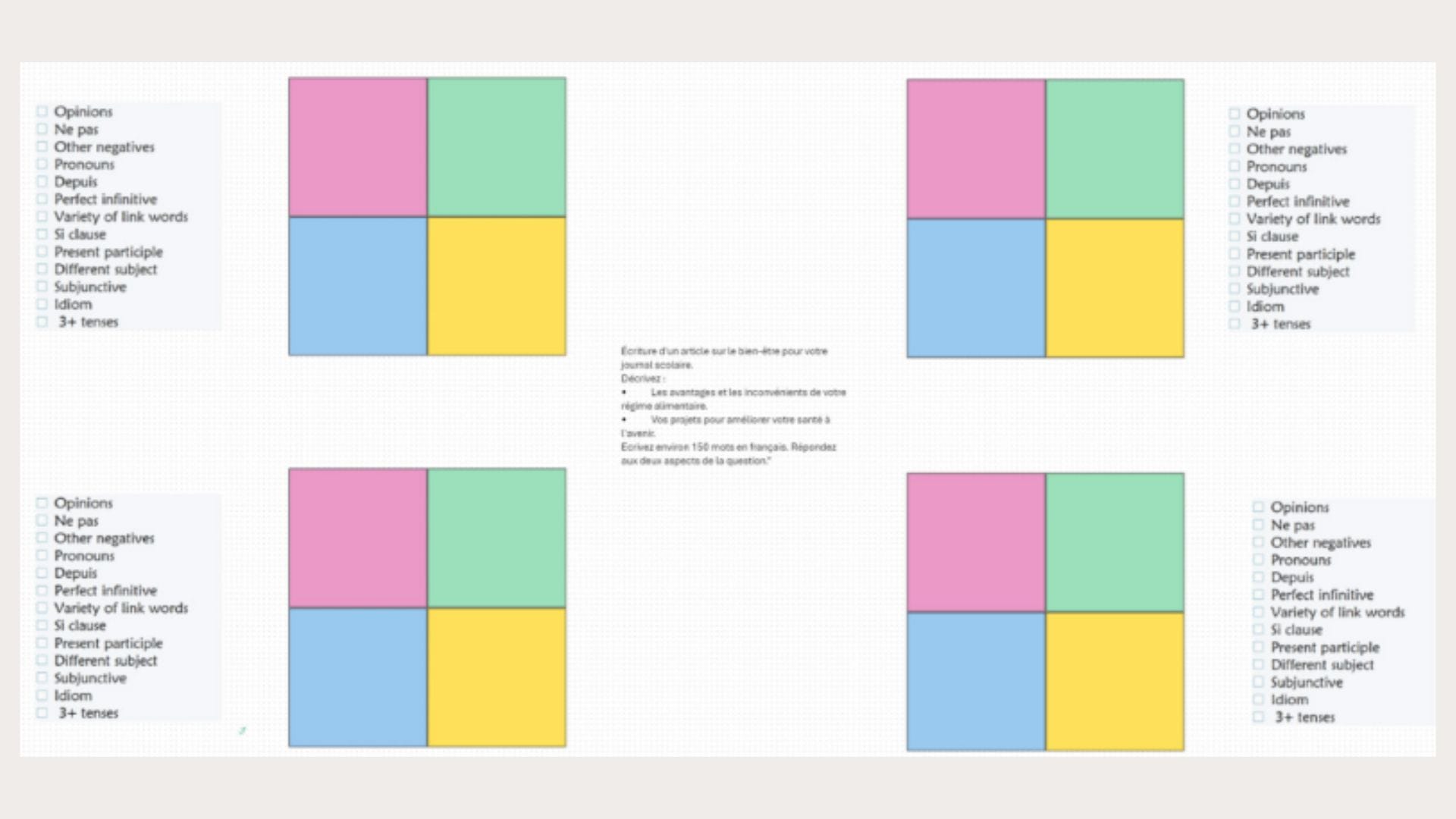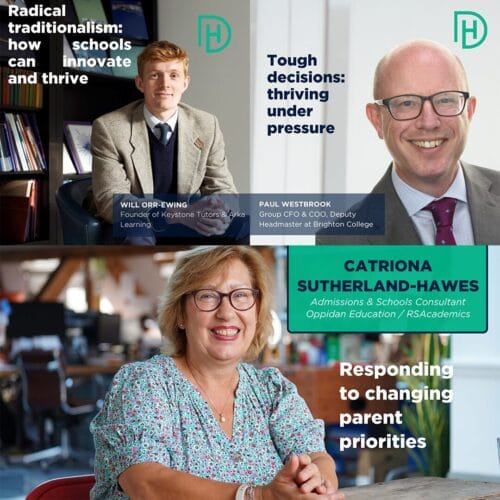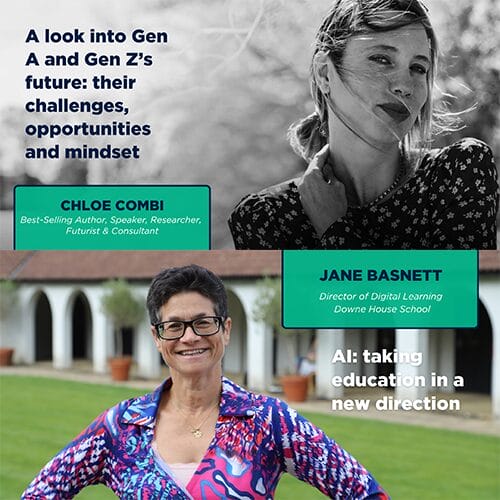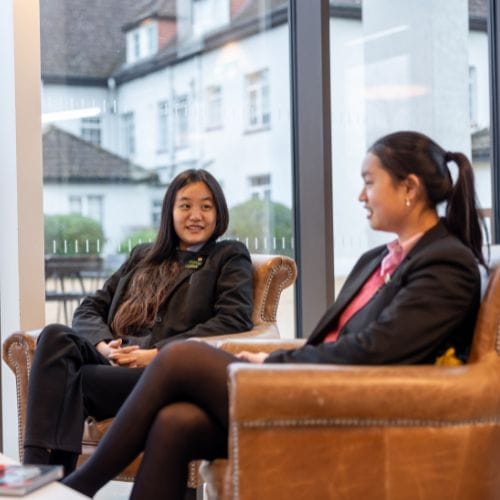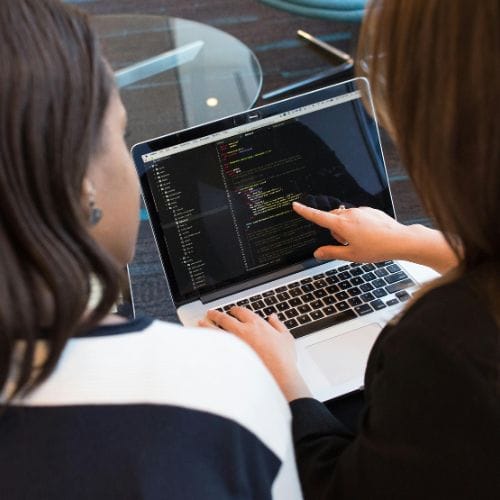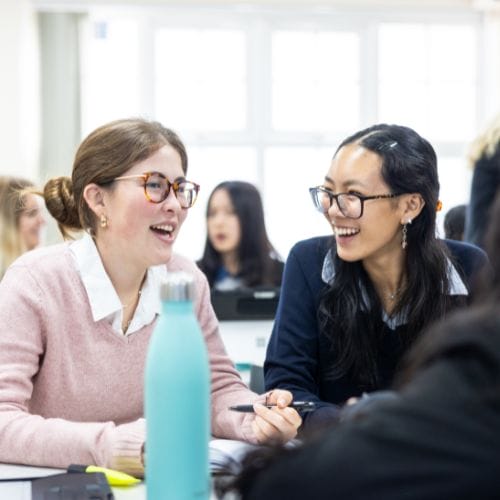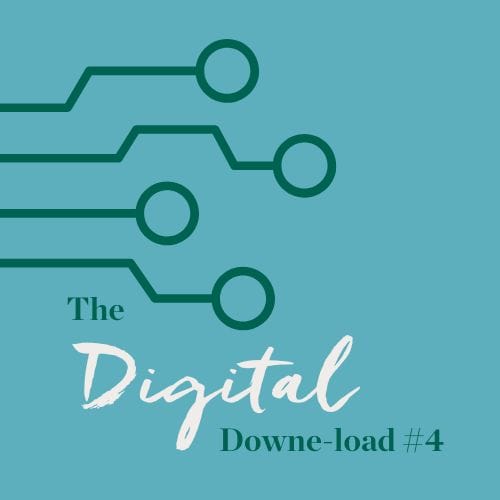
I am an advocate for pedagogy-informed teaching. I firmly believe in grounding educational practices in robust pedagogical theories and methodologies. As such, I do not use technology just because I have access to it, but because it very much enables me to undertake a wide variety of activities in a more effective and efficient manner. As we all know, technology should be used in a way that enhances the learning experience and augments the feedback that can be given to the pupil and the fast observations that can be made via the rich data accessible to the teacher.
In The Learning Rainforest, Tom Sherrington discusses two distinct teaching styles, labelled Mode A and Mode B, underscoring the idea that educators often alternate between various teaching methods to enrich and diversify learning experiences. Mode A encompasses traditional, teacher-directed instruction as its core, while Mode B encompasses a wide range of student-centred activities. In Mode B, students often have the opportunity to choose their learning path, which may include in-depth discussions or collaborative work, highlighting the dynamic nature of teaching practices. On this occasion I would like to focus on the latter.
Obviously, there are many benefits of working together, not least the ‘learning gains’ (Sherrington, The Learning Rainforest) for pupils, the support they give each other and the feedback they provide. Technology offers an excellent opportunity to get pupils engaging together synchronously or even asynchronously. For the teacher, being able to check individual and group outcomes at the end of the task or at any given moment during the process is invaluable and not so easily achieved when the collaborative task is completed on paper which then gets taken away not to be seen by the teacher until the next lesson. But I am moving too fast. Let’s go back to the beginning and consider how a group activity should be set up.
As with all group work (whether online or on paper), it is important to establish the ground rules, setting out who will complete which part of the task and giving all pupils the opportunity to reflect on their own work as well as looking over the work of the others in their group. Whilst each member will have a role to play it is important to remember that they are working collaboratively to produce a whole. The role played can be established prior to the activity or by the teacher themselves; no one should be a passenger and the collective outcome hinges on every individual’s effort. Technology enables the seamless tracking of each participant’s contribution allowing for a quick overview of everyone’s involvement.
My recent experience with this kind of task has focused on the production of a 150-word essay for GCSE French. This is the more complicated of the two essays that pupils write and it is the one that causes the most anxiety. It is helpful, when modelling how to complete the essay, to suggest that pupils break down the two-bullet point question into smaller chunks, which does mean that pupils have to decide for themselves how they would like to develop their essay. Add to this, the fact that pupils know that there are linguistic challenges they must meet, the essay can seem a little overwhelming. After a conversation with my Head of Department I realised that the 150-word essay is the perfect task to be completed collaboratively.
There are a number of tools that can be harnessed for collaborative learning, but, in my opinion, none is better than the tools that we have at our disposal via Microsoft Office 365; the collaboration space in Class Notebook or Microsoft Whiteboard. For both these tools, it is possible to set up a template, thus saving you valuable time. [1]
Template of collaborative task (150-word essay)
With a template, the only item that would need to change would be the title and perhaps the list of grammatical structures might need adapting depending on the stage of learning.
With the template set up, the class split into four groups (or as required), and the task can be commenced. Within their groups pupils can discuss how to break down further the two bullet points and discuss the grammatical structures they might employ, making decisions about which structures work most effectively given the essay topic and where they might fit best. With the overview, the teacher can quickly see how each individual is working, which direction they are taking their essay and steer the group accordingly, checking individual and group outcomes. [2]
Essay title (with the two bullet points)
Tackling the essay in this way obviously means that as a teacher, there are fewer essays to review, detailed feedback can be given more quickly and this benefits both teacher and pupil alike. Furthermore, with both Microsoft Whiteboard and the collaboration space in Class Notebook, pupils can have access to all essays and learn from each other; it is a very powerful way to enable success for a task that can be considered hard by the pupils.
One further advantage of this collaborative approach is the opportunity to participate in important discussions about digital citizenship. As pupils navigate sharing the same online space, it becomes essential for them to adopt constructive digital citizenship behaviours. Establishing clear guidelines and promoting a culture where students stop to consider their actions, aiming to respond with positivity and empathy, is crucial. Do not underestimate the importance of this aspect of the collaborative task. It might take pupils a moment or two to get focused, but ultimately, as they build up their response as a group even the most recalcitrant individual can see the benefits of working in this way.
Historically, before the use of technology, teachers might have eschewed collaborative tasks due to the challenges in guaranteeing that every student contributes equally. Moreover, identifying activities where each person’s contribution is both suitable and enhances the collective outcome has been a concern. My experience, this time, has shown me that not all the discussions about individual responsibilities yielded fruitful results and the process of group evaluation was sometimes overlooked. However, on the whole, the groups did review their work well. Even so, I intend to focus on individual responsibility and the review process in such future endeavours. Nonetheless, I am convinced that leveraging technology to facilitate teamwork presents numerous benefits and is an undeniably smart strategy which we should readily embrace.
References
Sherrington, Tom. “The Learning Rainforest.” Sherrington, Tom. John Catt Educational Ltd, 2017.
Tom Sherrington, Oliver Caviglioli. Teaching Walkthrus Five-Step Guides to Instructional Coaching. John Catt, 2020.
‘Collaboration’ by Jane Basnett, published in The Enquiry: Issue 8.
The Enquiry is a staff journal dedicated to reflections on educational research, and teaching and learning at Downe House School. Issue 8 was published in July 2024, looking back at Lent term 2024.
All previous issues can be found here: The Enquiry by downehouseschool Stack – Issuu.
